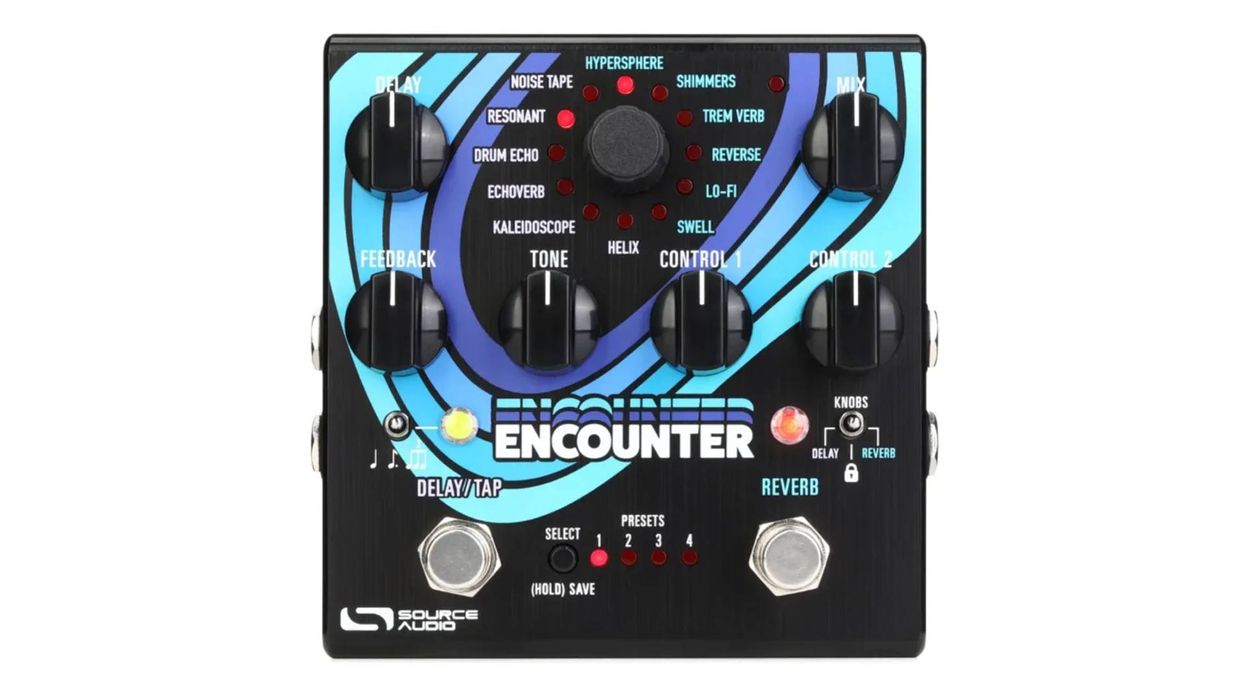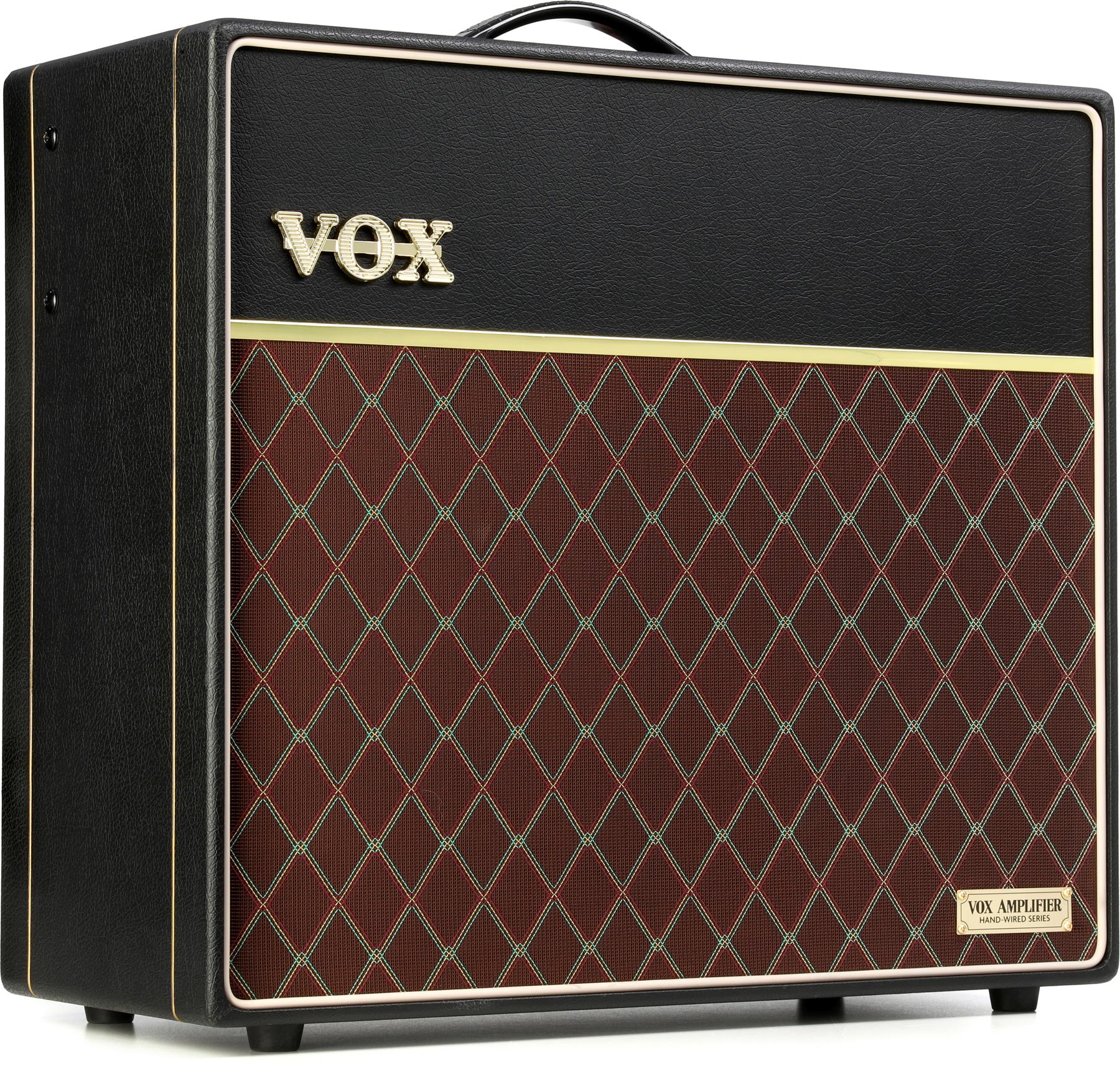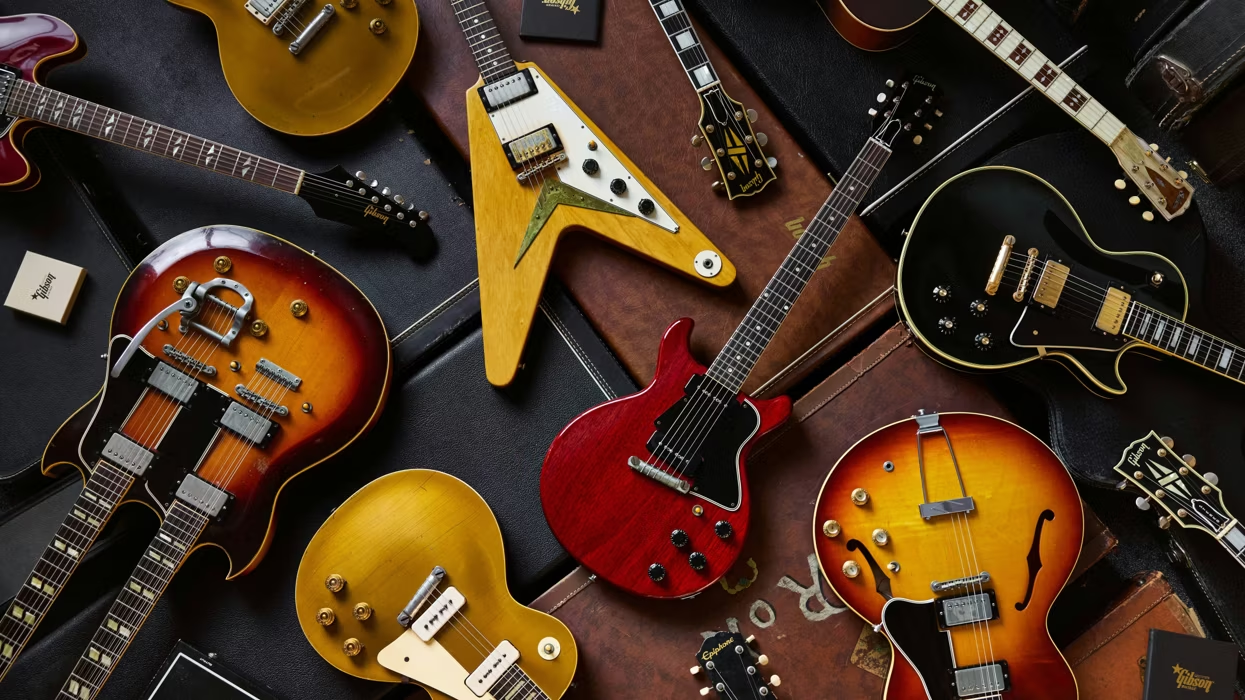There’s nothing new about Taylor building great, affordable guitars. Even instruments like the modest GS Mini always feel inviting and capable of inspired musical moments. The build-quality in these Tecate, Mexico-constructed guitars always impresses, too. But taking a spin with the new 112ce-S suggests that Taylor has reached another level of balance to go with their sense of affordable guitar craft.
The most substantial change in the newest addition to Taylor’s entry-level 100 Series is the introduction of a layered sapele back and sides, which pair nicely with solid, matte Sitka spruce tops to generate a warm, bright personality. But that combination seems to achieve a sort of ideal in the form of the 112ce-S grand concert, which manages to sparkle sonically, but also feel incredibly comfortable and impeccably playable in ways that you see in much more expensive instruments.
Made to Cradle
Regardless of your tone aspirations, it’s impossible to argue the comfort of cradling a grand concert body. Generally speaking, a grand concert is about the size of a classical body shape (which has a few centuries of refinement behind it), and it won’t feel entirely alien to a player who’s spent most of their time on the electric side of the fence. Nor will it threaten to dislocate your shoulder after a couple of hours the way a dreadnought can if you’re of smaller stature. And the way it fits more naturally against the body lends itself to more nuanced playing techniques. The 112ce-S seems to multiply all these benefits. And, at times, it genuinely feels like an extension of your own body.
The pleasure of holding the 112ce-S is enhanced even more by the excellent playability of the instrument. We’ve grown used to experiencing unsurpassable playability on Taylor’s high-end instruments—most notably that magic blend of low action and freedom from fret buzz that facilitates fast and easy fretting and navigation over the length of the fretboard. The 112ce-S couldn’t live much more squarely in that sweet spot. Intonation on our review guitar is dead on. And, remarkably, the Taylor traveled from our video team in a sweltering hot Nashville to cool, foggy Northern California and arrived almost perfectly in tune. I’m not sure exactly what Taylor does to make these instruments so stable. My tour of the company’s California plant some years back showcased a combination of CNC manufacturing and careful hands-on touches that yielded very high-quality instruments. My guess is that the Tecate plant is using the very same construction techniques to excellent effect.
Evidence of careful craftsmanship is easy to see elsewhere. Apart from a trace of errant glue spread around the kerfing, the guitar looked perfect on the inside. Outside, the guitar is pretty much flawless. The 3-piece maple neck, in particular, is a gem. It's capped with an ebony fretboard, and its lovely profile—almost a cross between a C and an oval—fills the hand and feels substantial without feeling too bulky. Expressive moves like finger vibrato feel natural and easy. And like the rest of the guitar, the neck feels conceived to eliminate playing fatigue. In concert with the low action, it makes playing for hours a breeze. The classy looking Venetian cutaway has its benefits, too. It’s easy to play a lead right up the 19th fret and hear that top note ring clear, true, and free of buzz.The Middle Ground
Grand concert bodies, in general, have benefits beyond comfort. In my experience, they tend to record exceptionally well, especially when mahogany is in the mix. They aren’t too bossy or boomy. They shimmer when recording rhythm parts, and they are even and detailed when tracking fingerstyle. The 112ce-S is capable of all these same feats, but it really excels in the fingerstyle realm. The guitar’s midrange leanings give the 3rd, 4th, and 5th strings a snappy reaction to a soft touch. The top two strings ring with a warm and chimey glow around pronounced transients. And the bottom string blooms with overtones that surround a round and robust transient attack. It’s a beautifully balanced instrument in this setting. It awakens and enlivens chord melodies that move up and down the length of the neck. It feels just as balanced and alive in capo’d settings, and requires little to no retuning as you move a capo around the neck. In stage performance terms, these attributes make the 122ce-S something of a fingerstylist’s dream.
Strumming is less flattered by the Taylor’s midrange-forward voice, though it is certainly far from brash or unpleasant. The same pretty bass response that you hear in fingerstyle settings remains evident when you take a flatpick to the 112ce-S. But the strong midrange that makes the 112ce-S feel so alive in soft fingerstyle situations does become an especially strong flavor if you hit the strings hard. The guitar sounds much prettier when you use a lighter touch and a thin flatpick. Played this way, it’s easy to hear how the 112ce-S would shine amid stacked rhythm parts on a recording or when tracking alternate, overdubbed chord voicings with a capo. Strummers with a heavy hand, or for whom that style is a foundation of their playing, may want to look elsewhere. But if strumming is just a part of your songwriting vocabulary, the 112ce-S may fit perfectly into your mixed approach.
The Verdict
For just under 800 bucks, the Taylor 112ce-S is, in most respects, a steal. And while it’s effectively an entry-level Taylor, I would have no qualms about touring or recording with this thoughtfully executed grand concert. The Expression System 2 electronics make it good-to-go for gigging, even though they benefit from careful EQ from the onboard controls or a pedal to eliminate boxiness. However you put the 112ce-S to work, though, it’s a surefire pleasure—particularly when you consider the impressive value it represents.






















